Experienced organic gardeners bring diversity and balance to the garden with the age-old wisdom of companion planting, a time-tested method of close planting specific species based on their propensity to enhance each other’s growth and quality. Companion planting can help you grow a thriving crop of delicious, healthy broccoli.
Companion plants offer shade or shelter, conserve moisture, control weeds, enrich flavor, or provide some form of disease or insect protection. Companion plants, with differing nutritional needs, also work harmoniously to balance nutrient levels in the soil.
When choosing plants for companion planting, consider selecting non-competitive plants with differing nutritional needs and growth habits. Companion planting is an especially important gardening technique when trying to use space efficiently in a small garden.
Best Companion Plants For Broccoli
For optimum flavor, plant broccoli near celery, onions, garlic, shallots, leeks, and potatoes. Other garden favorites that grow well planted alongside broccoli are beets, bush beans, dill, lettuce, spinach, rhubarb, cucumbers, Swiss chard, and radishes.

Fragrant culinary herbs such as lemon balm, lemon grass, thyme, sage, horehound, hyssop, basil, rosemary, tansy, oregano, chamomile, and mint help repel insect pests (e.g. harlequin bugs, cabbage worms, cabbage loppers, and cabbage maggots) that can quickly devastate a broccoli crop.
Nasturtiums, marigolds, snapdragons, and cosmos emit a scent that is repulsive to many garden pests including cabbage worms, whiteflies, flea beetles, cabbage root maggots, and aphids. These colorful blooming plants help keep the garden free of insects without the use of noxious chemical insecticides while adding color, scent, and visual interest to the homestead garden plot.
Unfriendly Neighbors For Broccoli
Broccoli, one of the most nutritious of all vegetables, gets along well with most of its neighbors: more plant species flourish when planted close to broccoli than fail. Broccoli’s only problem is getting along with its own family, especially in poor soil conditions.
Broccoli is a heavy feeder, preferring loamy, well-drained, fertile soil. However, broccoli is not fussy and grows just fine in sandy or clay soils enriched to enhance fertility. Other members of the cruciferous plant family Brassica (Brassica oleracea), which includes cabbage, cauliflower, collard greens, kale, kohlrabi, and Brussels sprouts, compete for the same nutrients as broccoli. Planting them together with broccoli results in nutritional deficiencies in the soil.
Competing members of the Brassica family will fight to the death for nutrients. Unless continually supplemented with well-aged herbivore manures (e.g. sheep, goat, cow, or horse), few soils contain enough essential nutrients to grow broccoli alongside other members of the Brassica plant family.
Pumpkins, squash, sweet corn, watermelon, strawberries, pole beans, lima beans, snap beans and asparagus are also heavy feeders, requiring nutrient-rich soil: calcium specifically is in high demand. Avoid planting broccoli next to these garden staples, which compete for the same nutrients as broccoli. Grapes and mustard plants, when planted next to broccoli, also negatively impact the growth of the broccoli plant.
Broccoli fails to flourish when planted near members of the nightshade family, like tomatoes, hot peppers, and eggplant.
Preparing The Soil For Broccoli
Broccoli grows best in a full-sun, although it will do well in partial shade. Choose a well-drained location with fertile soil with a pH of 6.0-7.0, a pH level that discourages clubfoot disease.
Testing kits for soil pH levels are available online or from local home and garden stores, or you may take a soil sample to your local county extension office for testing. Amend soil as recommended. When soil is low in boron, broccoli can develop hollow stems. Amend if the soil test indicates a deficiency in the mineral.
Because broccoli is such a heavy feeder, growth and flavor are enhanced when soil is supplemented with a generous amount of nitrogen-rich manure, cottonseed meal, or garden compost. Before planting broccoli seedling, break up the soil to a depth of at least one foot, removing rocks, roots, weeds, and debris. Work in manure and add a substantial amount of peat moss to help conserve moisture.
Tips For Growing Broccoli
Available in a diverse array of colors including white, green and purple, broccoli is easy to grow with minimal attention. My favorite broccoli varieties include Arcadia, Captain, Di Cicco, Emerald Pride, Everest, Gypsy, Packman, and Windsor.
- Plant in seed trays indoors 4-6 weeks before the last frost. Sow seed at a depth of about 1/8 inch in a mixture of one part potting soil, one part peat moss, and one part garden sand. Keep potting soil uniformly moist, but not soggy. If allowed to dry out, seedlings will bolt and become inedible.
- Broccoli seeds need lots of light for best germination. Place potting trays in a bright and sunny location or provide supplement lighting.
- If the seed is sown outdoors, broccoli can germinate in cool soil temperatures of 40 degrees Fahrenheit or above. For spring planting, experience gardeners suggest seeding or setting transplants three weeks before the last frost date. For a winter crop, seed or set transplants in late summer.
- In about six weeks, when seedlings are sturdy enough to transplant, transfer to the garden, planting broccoli plants approximately 18 inches apart. Space rows 18-24 inches apart.
- Mulch broccoli plants with a four inch layer of straw or dried grass clippings or ground leaves to conserve moisture. Broccoli demands consistent moisture to produce solid, flavorful heads.
- Keep a watchful eye out for white cabbage butterflies and promptly remove eggs and caterpillars.
- Once established, broccoli requires 1.5-2 inches of water per week: supplement if rainfall is inadequate
- Disease problems you might encounter when growing broccoli include clubfoot, black leg and black rot. Consult with the experts at your local county extension office for more information on organic pest management.
For optimum growth and flavor, broccoli requires a large amount of calcium. Successful broccoli growers suggest supplementing soil with regular applications of bone meal or other calcium-rich organic garden supplements, so that the soil contains plenty of calcium throughout the growing season. Apply approximately one pound of blood meal when seedlings are 8-10 inches tall and again every 3-4 weeks as the growing season progresses.
Broccoli has some frost tolerance and grows well in United States Plant Hardiness Zones 3 through 9. Being a cool-season vegetable, broccoli matures in less than eight weeks. Broccoli grows best at temperatures from 60-70 degrees Fahrenheit.
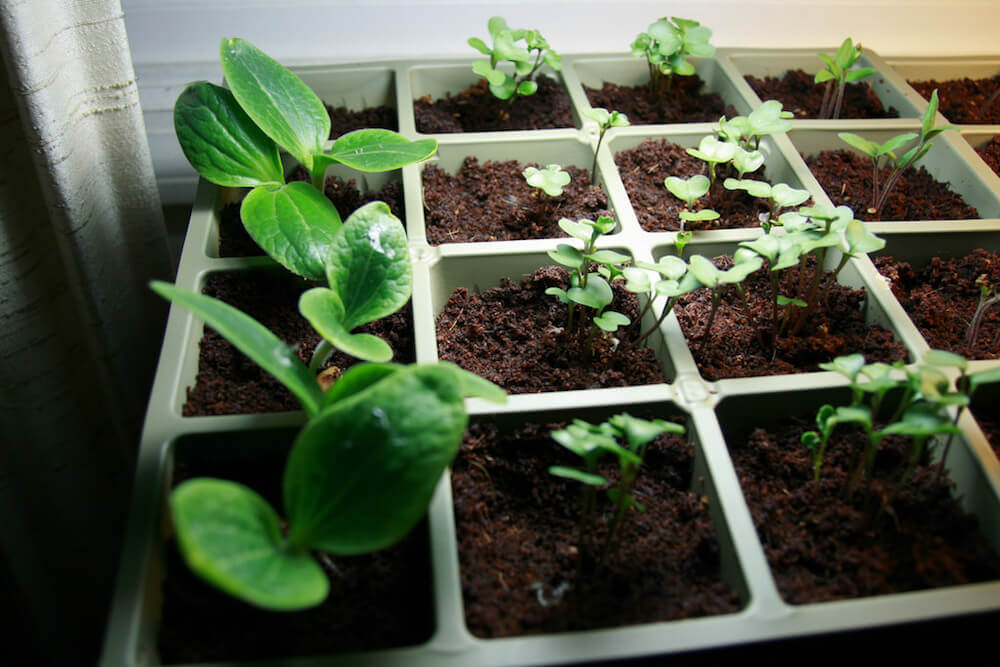
When grown as a spring crop, it can be harvested, and vegetation cleared to make room for a fall crop. In zones 7 through 9, broccoli is cultivated as a winter crop. Broccoli does not do well when temperatures exceed 75 degrees Fahrenheit.
During mid to late summer, it is difficult to grow quality broccoli, due to the adverse effects of low soil moisture together with higher soil temperatures. If you wish to try to grow broccoli in the summer, access to irrigation is essential.
Harvesting Broccoli
When tiny flower heads are beginning to form at the center of the plant, watch the growth daily. Harvest when buds are tightly closed. If allowed to develop yellow flower petals, the buds swell and have a mealy texture and diminished flavor.
To harvest, cut flower heads with a sharp knife. To reap a second harvest, allow the plant to continue to grow after the first cutting of the main flower head. Additional shoots or smaller flower heads will develop at the axis of the leaves. Many gardeners report the second harvest of small immature flower heads is sweeter and florets more tender than the first cutting.
Broccoli is at its peak when consumed fresh from the garden. For short-term storage (3-5 days), mist unwashed heads and wrap in a damp paper towel for storage in the refrigerator crisper.
When ready to use, wash broccoli in warm water in a large bowl to which you have added a quarter cup of white vinegar. Soak for 10-15 minutes to remove soil and debris and to kill any insect pests that may be hidden in the tightly packed florets. Remove, rinse with cold water, and dry thoroughly with a paper towel.
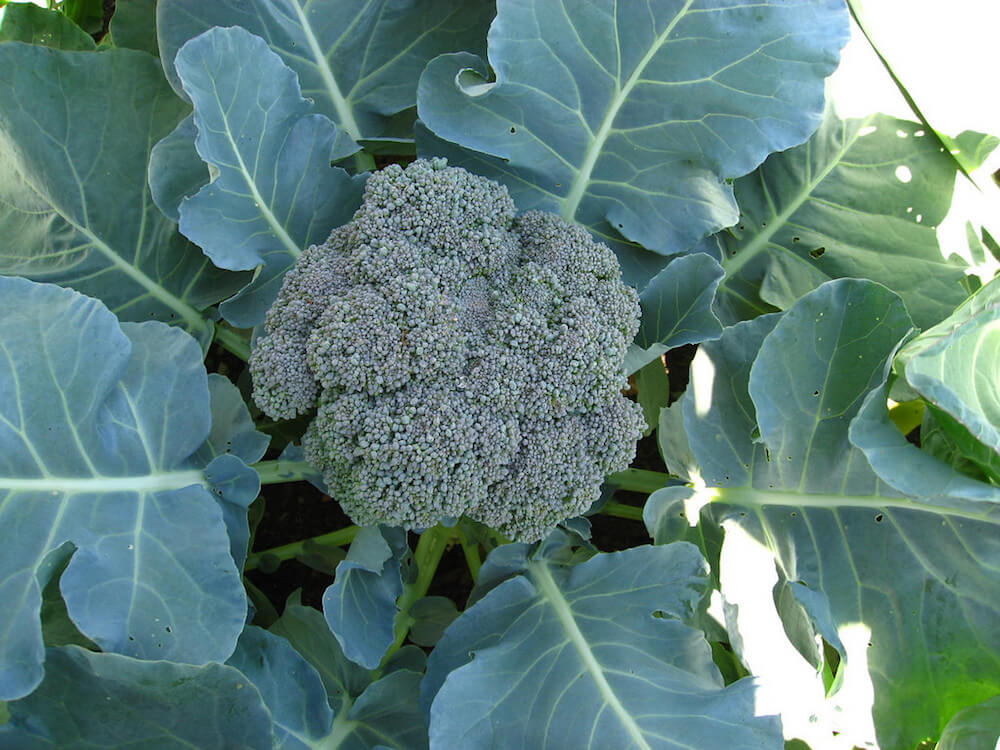
Do not store broccoli in a plastic bag or sealed container. Broccoli requires fresh air to retain flavor and texture. Stored improperly, broccoli can go from crisp and flavorful to limp and bland in just a day or two.
Broccoli can be frozen, canned or dehydrated for winter storage.
References:
Broccoli Production, Penn State Extension Service
Gardening Solutions, University Of Florida
Broccoli, National Gardening Association

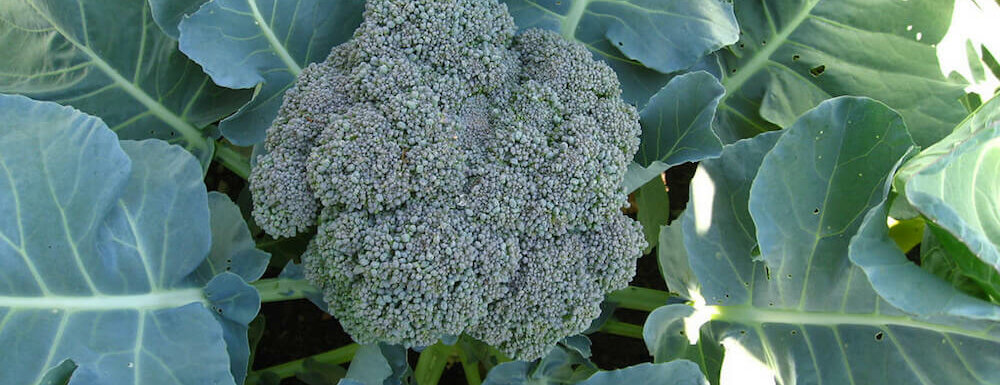

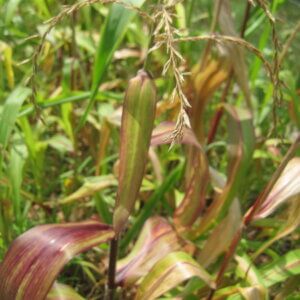

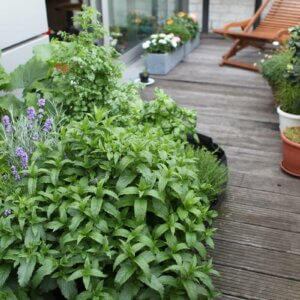


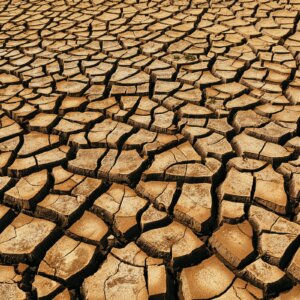


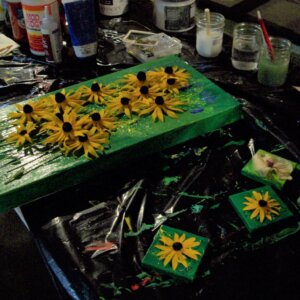

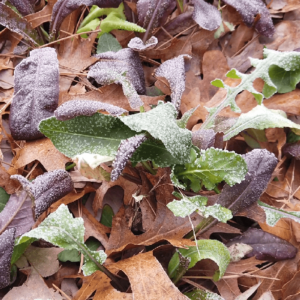

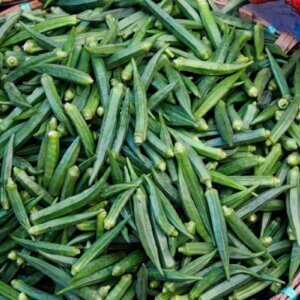
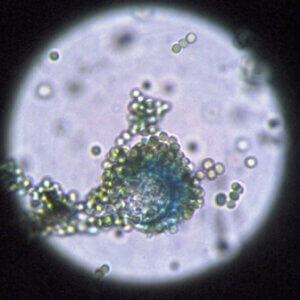
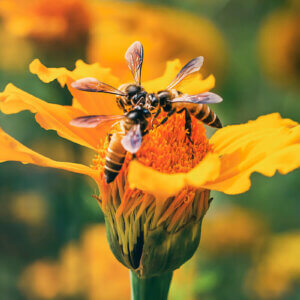

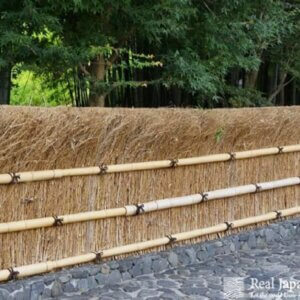



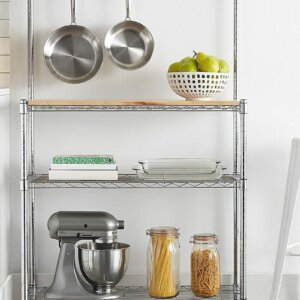

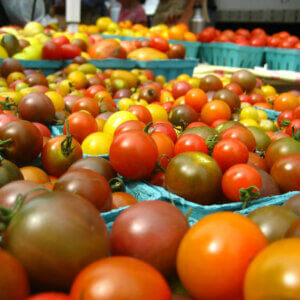
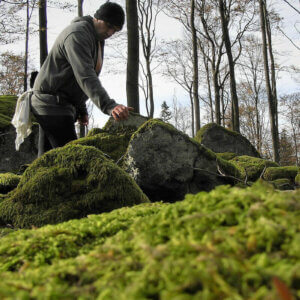


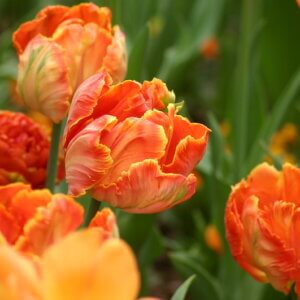
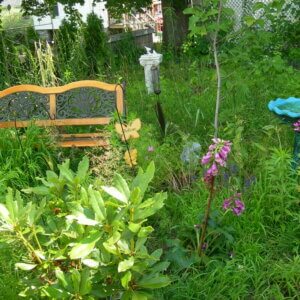
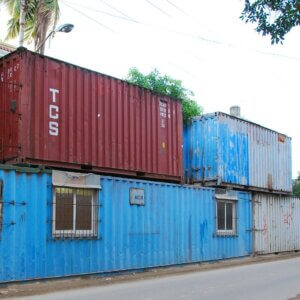
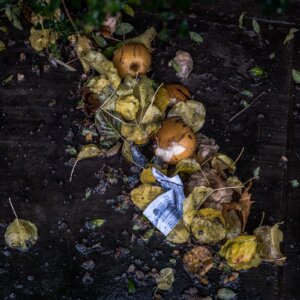

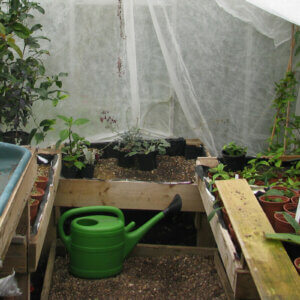

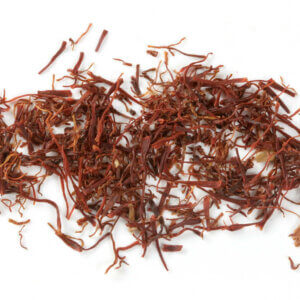
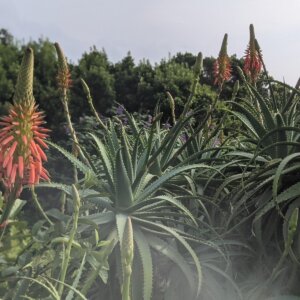
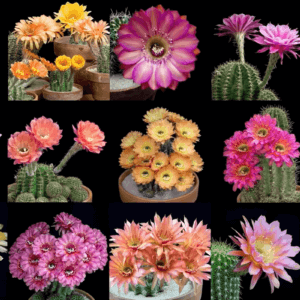
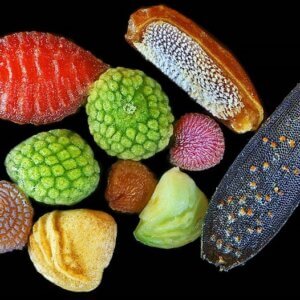


Great article! I now have to go and rearrange my garden….Thank you for sharing your knowledge. Tal
Hi there Kane and Marlene! I pack the beds full of plants. Can’t waste space for sure. I waste one bed with other brassicas to include salad stuff. This is a great trap crop for Cabbage worm and flea beetles. I also cover my brassica cash crops with row cloth during the time the momma moth is laying eggs in the soil. Also works with many other short term insect problems. I always cover plants, especially the brassicas with row cloth and bury the edges so flying insects to include the cabbage worm moth and flies are unable to lay their eggs. The trap crop keeps them very happy and I never lose leafy vegies to cabbage worm or flea beetles so always a very prolific crop as well. I really don’t care what to plant with what that might or might not ‘help’ another plant. Actually the ‘trap’ crop is a far better example of smart planting and pairing. The most critical thing of all is rotation. Companion planting only exacerbates remembering what was planted where. The bed above with the onions and baby broccoli? Had better not have any of the brassicas planted in that soil for at least 2 seasons. Solanaceae family is the same way. Tomatoes, potatoes, egg plant and peppers can not be planted in the same soil for at least 2 seasons. Big time rule for gardeners. When you discover stuff like tomato blight, you’ll understand. Never have seen any results from marigolds for instance helping any plant with insect pests. I have seen that flowering annuals attract pollinators in a big time and these days that is as effective as owning your own bee hives. Also, leave the wasps alone. They are our fall back when bees are scarce. Rotation is the name of the game in deciding what plant to plant where. Well, planting like need plants with similar need plants. I recommend making a record of what you planted and where. Also know the pH of your soil. Some plants (potatoes, blueberries) have to have acidic soil, min. 6.0. Others do better neutral and others do better alkaline. Chemicals (nutrients) are not able to be used for some plants at improper pH no matter that that chemical is right there in the soil. I have to add because I am amazed that fertilizer has somehow got lumped in with pesticides? That fertilizer is somehow not needed, somehow deleterious to your soils and compost is being used for fertilizer? A balanced fertilizer? Very very bad myth. Don’t fall for it. An organic nitrogen atom is the same as a synthetic nitrogen atom. Filler material? Another story. Plants need fertilizer just as much as water, light and drainage. Period.
I have to add Fertilizer is a big part of gardening that takes some reading, research, planning and understanding. Just a little too little, plants will be vulnerable to insects and disease and will not produce as well as thriving plants. Just a little too much is truly the kiss of death for plants. But to imagine ‘dark’ earth to be ready made for plants and their chemical needs will cause you much disappointment. I say ‘chemicals’ not nutrients. Nutrients means to humans ‘food’. That is not at all what fertilizer is, what compost or mulch is, what fish emulsion is, blood meal? Nope not food. Plants through photosynthesis make their own food. Their own source of energy. The process of photosynthesis needs balanced fertilizer, animal poop, ‘forest’ soil will just not work! Good for soil organisms and tilth but make no mistake this stuff is not fertilizer. Needs to be accounted for before adding a balanced fertilizer because a little too much nitrogen (that sheep manure you just added that everyone says you can add while not decomposed has nitrogen in it, it is ‘hot’). Meanwhile, by adding a balanced fertilizer…say 4 – 6- 5 which is a great percentage of N to P and K for flowering and producing fruit (reproductive growth) you just might have pushed Nitrogen higher than the P and K causing just vegetative growth, little reproductive growth. Depending on the amount, the condition decomposed or freshly pooped the amount of chemicals you are adding becomes an unknown. Chemicals, not nutrients. Just a little too much, in conjunction with other unknowns like pH, water, heat, drainage…will most certainly kill a plant very quickly. Gardening is complicated in a wonderful sort of way. Best to have as much knowledge as you can garner and even more humility. Skepticism is excellent!